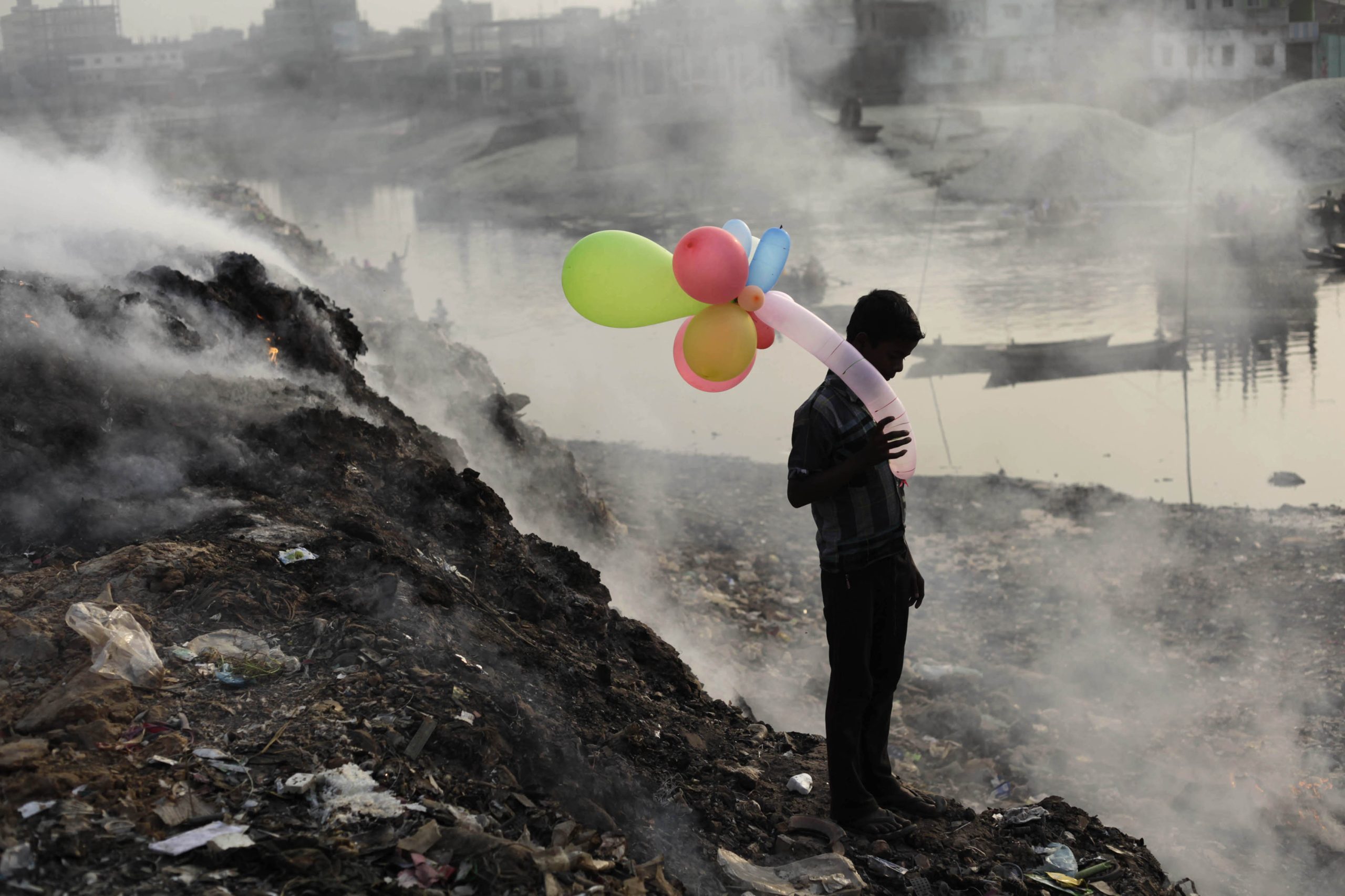
Matt Bush, FISM News
[elfsight_social_share_buttons id=”1″]
Inflation in America and around the world has affected almost every aspect of life and plunged millions into poverty. According to the Associated Press, “A staggering 71 million more people around the world are experiencing poverty as a result of soaring food and energy prices.”
Since the beginning of the war in Ukraine, the United Nations Development Program (UNDP) estimates that 51.6 million people have fallen into extreme poverty, about 9% of the world’s population, or are living on less than $1.90 per day. An additional 20 million people worldwide slipped to the poverty line of $3.20 per day.
According to a Reuters article, “Institutions like the UN, World Bank and International Monetary Fund have a number of ‘poverty lines’ – one for the poorest countries where people live on $1.90 or less a day. A $3.20-a-day line for lower middle-income economies and a $5.50-a-day line in upper middle-income countries.”
Over the 18 months surrounding the closures and lockdowns that accompanied the global pandemic, it was estimated that around 125 million additional people experienced poverty, which means that the current war caused an even faster increase of extreme poverty in the world than did the global pandemic. However, the bigger issue is that two events combined have led to dire consequences for people all over the world, even here in America.
When worldwide inflation hits, it is the world’s poor who are the most negatively affected. A recent article from the World Bank predicted that the combination of the pandemic along with rising costs due to the war in Ukraine would lead to an additional 95 million people falling into extreme poverty in 2022. Oxfam International predicted that the number would be closer to 260 million people or a total of 860 million people living on less than $1.90 per day.
These numbers are staggering. According to Time Magazine, the total number of people living in extreme poverty in the world would be more than the populations of France, the U.K., Germany, and Spain combined.
Among the 20 countries that were hit the hardest by inflation are Haiti, the Philippines, Rwanda, Egypt, Argentina, Iraq, and Turkey, but the list of nations in which poverty has reached profound levels is long.
The world’s poor spend approximately 42% of their income on food costs while people in developed nations spend only about 17% of their income on food. As food prices increase, those percentages increase as well.
Poverty rates had been declining almost annually for decades. In fact, in 1990, it was estimated that around 36% of the world’s population lived in extreme poverty conditions while estimates showed that by 2030 that number could go all the way down to 7%.
UNDP Administrator Achim Steiner said, “The cost of living impact is almost without precedent in a generation… and that is why it is so serious.” People living in extreme poverty suffer from malnutrition, have little access to healthcare, struggle to find clean water, and many of them do not even know from where their next meal will come.
There are calls from the World Bank and Oxfam for governments to step up. President Biden went as far as proposing a 20% minimum tax on households with more than $100 million back in March, and Oxfam similarly proposed an annual tax on millionaires of 2% and on billionaires of 5% to stave off poverty.
While these solutions are far-fetched and unrealistic, these numbers make it clear that something has to be done, and it will fall on the developed world to find a solution.
